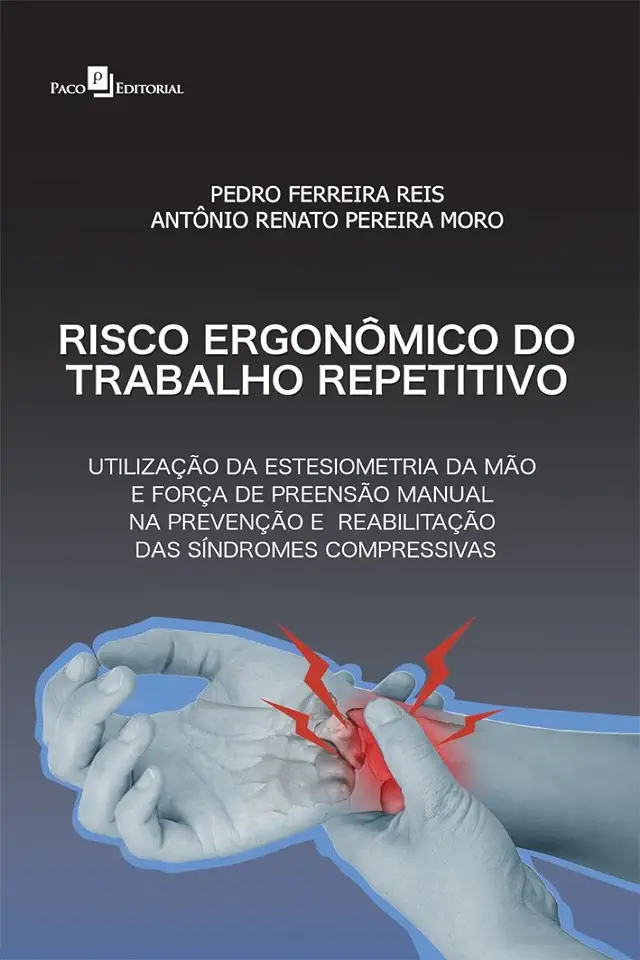
Ergonomic Risk of Repetitive Work - Pedro Ferreira Reis
Ergonomic Risk of Repetitive Work: A Comprehensive Guide to Musculoskeletal Disorders and Workplace Safety
Introduction
In today's fast-paced work environment, repetitive tasks have become an integral part of many jobs. While these tasks may seem innocuous, they can pose significant ergonomic risks and lead to musculoskeletal disorders (MSDs). These disorders can cause pain, discomfort, and even disability, impacting both the individual and the organization.
Understanding Ergonomic Risks
Ergonomic risks arise when the demands of a job exceed the capabilities of the human body. Repetitive work, especially when combined with awkward postures, forceful exertions, and inadequate rest, can strain muscles, tendons, and nerves, leading to MSDs. Common MSDs associated with repetitive work include carpal tunnel syndrome, tendonitis, and lower back pain.
The Impact of MSDs
MSDs can have far-reaching consequences for both individuals and organizations. For individuals, MSDs can cause chronic pain, reduced mobility, and even job loss. The financial burden of medical treatment and lost productivity can be substantial. For organizations, MSDs can result in increased absenteeism, presenteeism (reduced productivity while at work), and workers' compensation claims, leading to financial losses and decreased productivity.
Identifying and Assessing Ergonomic Risks
To effectively manage ergonomic risks, it is crucial to identify and assess potential hazards in the workplace. This involves conducting thorough job analyses, evaluating work processes, and considering individual factors such as the worker's physical capabilities and limitations. Ergonomic risk assessment tools and techniques can be used to quantify the risks and prioritize interventions.
Implementing Ergonomic Interventions
Once ergonomic risks have been identified, it is essential to implement appropriate interventions to mitigate these risks and protect workers' health. These interventions may include:
- Redesigning workstations to improve posture and reduce strain
- Implementing job rotation to reduce repetitive motions
- Providing adjustable furniture and equipment to accommodate individual needs
- Offering training on proper work techniques and posture
- Encouraging regular breaks and stretching exercises
Promoting a Culture of Ergonomics
Creating a culture of ergonomics in the workplace is crucial for long-term success in preventing MSDs. This involves fostering a commitment to ergonomic principles at all levels of the organization, from management to frontline workers. Regular ergonomic training, ongoing risk assessments, and employee involvement in decision-making are key elements of a successful ergonomics program.
Conclusion
Ergonomic risk management is essential for protecting workers' health and well-being while maintaining productivity and efficiency in the workplace. By understanding ergonomic risks, implementing effective interventions, and promoting a culture of ergonomics, organizations can significantly reduce the incidence of MSDs and create a safer, healthier work environment for their employees.
Call to Action
Don't let repetitive work become a health hazard for your employees. Invest in ergonomic risk management today and safeguard your workforce from the debilitating effects of MSDs. Order your copy of "Ergonomic Risk of Repetitive Work" now and take the first step towards creating a healthier, more productive workplace.